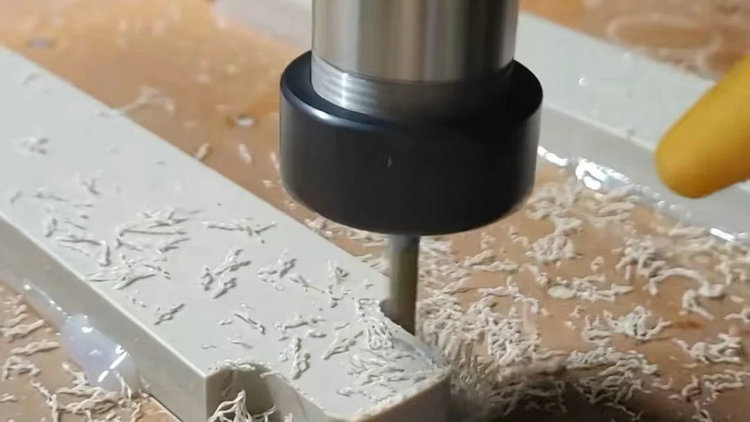
Machining PEEK plastic presents both advantages and challenges due to its unique properties. Here’s an overview of the key aspects of peek plastic machining.
Advantages of Machining PEEK
Excellent Mechanical Properties: PEEK maintains high strength, wear resistance, and dimensional stability even at elevated temperatures, making it suitable for demanding applications in various industries.
Chemical Resistance: The material is highly resistant to chemicals, which allows it to be used in environments where exposure to corrosive substances is a concern.
Low Moisture Absorption: PEEK's low moisture absorption rate contributes to its dimensional stability, making it ideal for precision parts that require tight tolerances.
High Temperature Tolerance: With a melting point around 343°C, PEEK can be machined at high temperatures without losing its mechanical properties, which is advantageous for many industrial applications.
Versatile Applications: Machined PEEK parts are used in various sectors including aerospace, automotive, medical devices, and electronics due to their durability and performance characteristics.
Challenges in Machining PEEK
Heat Management: PEEK does not dissipate heat well during machining, which can lead to thermal deformation or cracking. Therefore, cooling methods such as air or liquid coolant are necessary during machining operations.
Specialized Tooling Required: Due to its abrasive nature, PEEK can wear down cutting tools quickly. Silicon carbide or diamond tools are recommended for machining, especially for reinforced grades.
Internal Stress and Cracking: The material can develop internal stresses that may result in warping or cracking during machining. Annealing is often required to relieve these stresses before machining begins.
Contamination Concerns: For medical-grade PEEK, contamination must be strictly controlled to maintain biocompatibility. This necessitates careful handling and specific cleaning protocols during the machining process.
Tips for Successful Machining of PEEK
Annealing: Perform an annealing process on PEEK parts before machining to reduce internal stresses and minimize the risk of cracking.
Use Appropriate Cutting Tools: Select cutting tools based on the specific grade of PEEK being machined; carbide tools for standard grades and diamond tools for reinforced grades.
Optimize Machining Parameters: Adjust cutting speeds and feed rates according to the specific requirements of the machining operation to achieve optimal results.
Implement Cooling Strategies: Use appropriate cooling methods to prevent overheating during machining operations, particularly when working with medical-grade materials.
In summary, while machining PEEK offers significant advantages due to its mechanical and thermal properties, attention must be given to heat management, tooling selection, and stress relief processes to ensure high-quality machined parts.